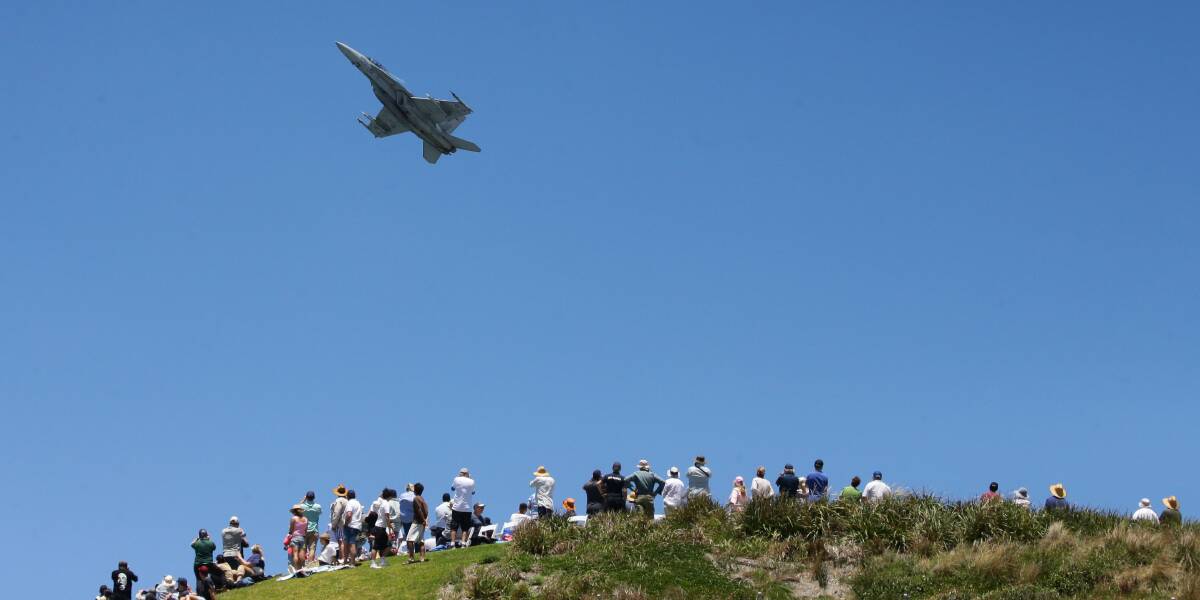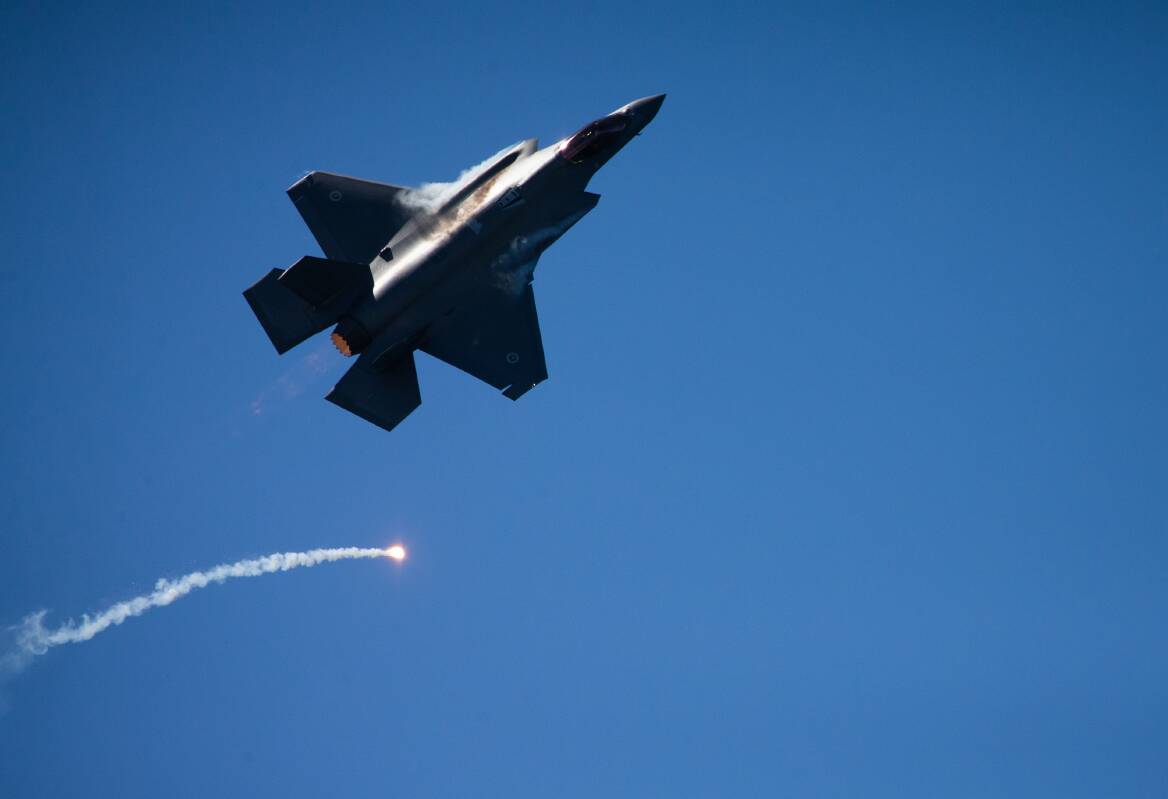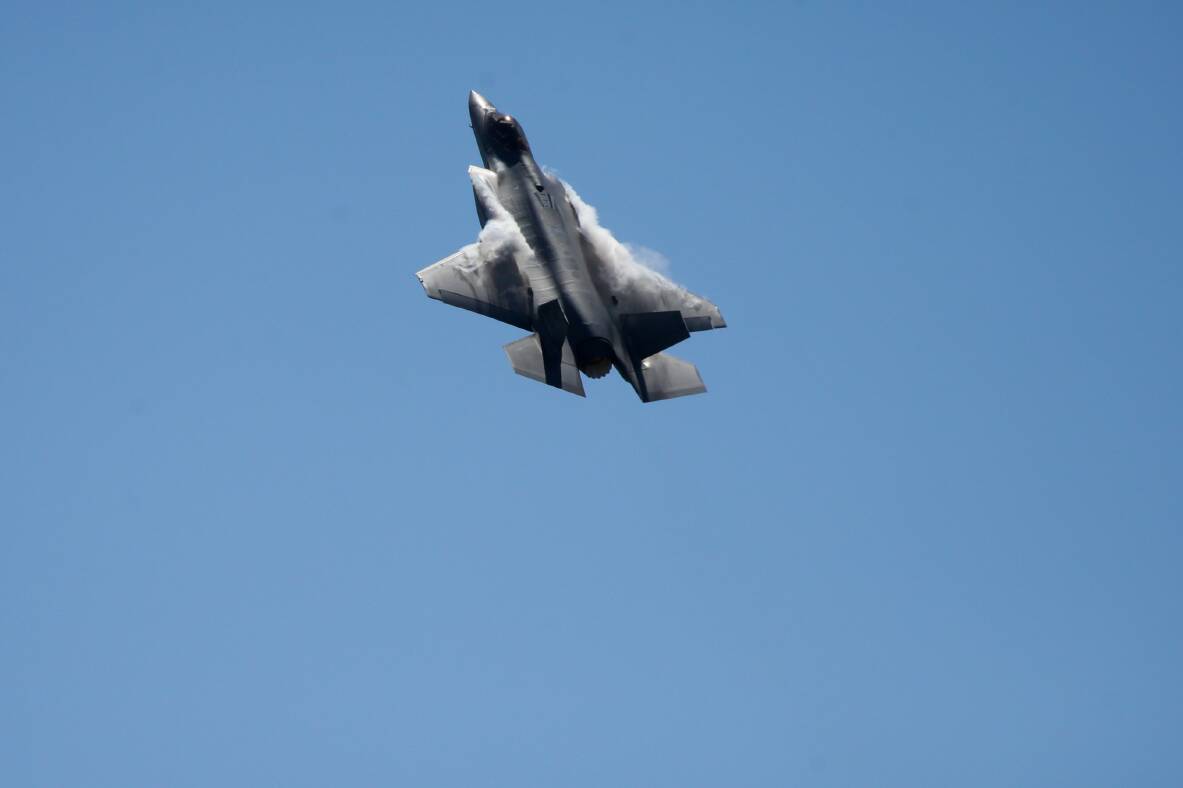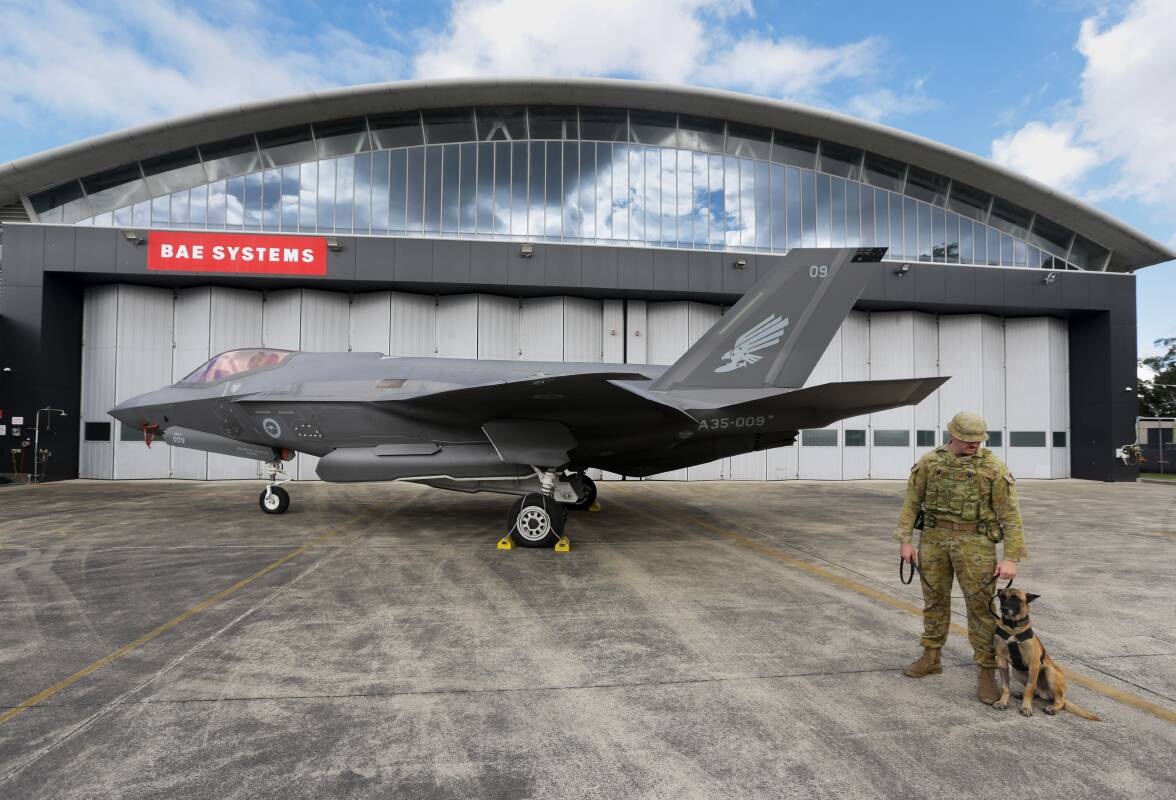
The Hunter region has been positioned as a defence industry hub in the Indo-Pacific in the Albanese government's first National Defence Strategy, released in a major speech by Richard Marles, the federal portfolio minister, on Wednesday, April 17.
Ten manufacturing, engineering and technology outfits with facilities in the region have been singled out for their roles building, upgrading and maintaining defence equipment, with a particular focus on the Air Force's wing of fifth-generation fighter jets - the F-35A - based at Williamtown.
Wednesday's announcement projected a more-than $50 billion splurge on national defence readiness spending over the next 10 years, with more than $5 billion to be spent in the next four years. Annual funding for defence will surpass $100 billion in a decade, AAP reported.
BAE Systems - among other Hunter notables including Boeing, Raytheon, and Lockheed Martin (which builds the fifth-generation joint strike fighter) - were noted for their roles servicing several aircraft in the national arsenal including the F-35A, Hawk 127, E-7 Wedgetail, and the F/A-18 Hornets which were retired in 2021.
In December, BAE Systems was in line for a rapid $110 million government-funded hangar upgrade near Newcastle Airport to address "capacity and logistical issues" and expand their capacity to service the F-35A.
Australia has accepted 63 of a total 72 of the world's most advanced fighter jets at RAAF bases at Williamtown and Tindal, serviced in the Hunter.
The Australian Defence Magazine reported in January that BAE Systems' upgrade could potentially position Newcastle Airport as a maintenance centre of the global wing of more than 3000 of the F-35 aircraft line.
Engineering and manufacturing outfits Varley and Thales at Carrington, and Civmec at Tomago are in line to produce marine and land vehicles and equipment. And video game publisher Bohemia Interactive and simulation tech developer Applied Virtual Simulation have been tapped for tactical training, mission rehearsal software, and other simulation support.
"The Hunter region has a long and proud history in defence industry. Today's announcement ensures this will continue," Defence Industry Minister Pat Conroy said in a statement on Wednesday.
"Today's announcements lock in thousands of well-paid, highly skilled defence jobs across the region and will create many more over the years to come."


The investment has been tipped to see RAAF Williamtown realise its full potential for long-range strike and expeditionary air operations, integrated air and missile defence, and theatre command and control.
Mr Marles' Wednesday announcement forecast an extra $5.7 billion to be spent on defence in the next four years, and $50.3 billion over the next decade. That figure includes $11.1 billion to speed up the delivery of the Navy's surface combatant fleet and expand the shipbuilding industry.
The National Defence Strategy resulted from a review of the country's defence capabilities and preparedness commissioned by the Albanese government and released in April 2023.
The review made sweeping recommendations about the nation's maritime, land, air, space, and cyber defence capabilities, and Australia's 'force posture' and readiness.
"The inaugural national defence strategy sets out a clear and priority-driven approach to protecting against threats to Australia and our interests," Mr Marles said on Wednesday.
"The Albanese government is making a historic investment in defence and has taken tough decisions to reshape the (Australian Defence Force) to meet our strategic circumstances and to keep Australians safe."

The strategy has also called for widening the eligibility for the defence force to bolster recruitment, as well as the potential for recruiting non-Australian citizens, and the encouragement of defence personnel to serve longer through retention initiatives.
Hundreds of defence force personnel will also be moved from southern to northern bases as the nation prepares for a possible conflict in the Indo-Pacific.
Lone Pine barracks at Singleton will be essential for generating the workforce required to meet Australia's security challenges, Mr Conroy's statement said.
Just shy of 23,000 people had a job in Australian defence in the last fiscal year, almost 5000 of which were in the Hunter between Williamtown air base, Lone Pine, and the Defence Special Operations Training and Education Centre in southwest Sydney.
The Hunter has been earmarked as prime real estate to realise the government's defence ambitions owing to its mature defence ecosystem and array of contractors and sub-contractors that can service air, land and sea projects.

Opposition defence spokesman Andrew Hastie said the new plans "must be more than just vague language, vague promises and vague time frames" for the Defence Minister to pass the test of leadership.
"There must be real money, real commitment and real leadership," he said. "Richard Marles must be honest with the Australian people about the threats and challenges we face.
"This must be matched with a meaningful increase in Defence spending and a clear strategy - real money and a real direction. These are the metrics that count."
Details are developing and this story, which was compiled with reporting by AAP, may be updated.







